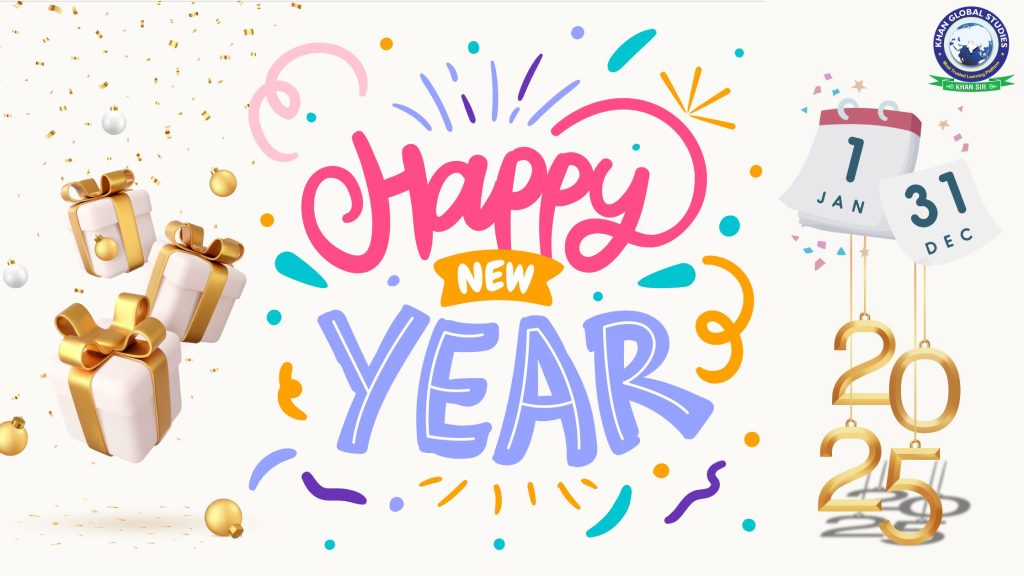New Year’s Day, commonly known as New Year’s Day, is celebrated with great enthusiasm around the world on January 1st every year. This day not only marks the beginning of a new calendar year but also symbolizes the welcoming of new opportunities and possibilities into our lives.
In the Gregorian calendar, January 1st is considered New Year’s Day, the first day of the calendar year. Most solar calendars, such as the Gregorian and Julian calendars, begin the year near the winter solstice in the Northern Hemisphere. In contrast, cultures and religions that follow a lunisolar or lunar calendar celebrate their New Year on dates that differ from the solar calendar.
Significance of New Year
New Year’s Day holds special importance for everyone. It is a time to reflect on past experiences, learn from them, and set new goals for the future. People celebrate this day by sharing their joys and hopes. Gathering with family and friends, enjoying delicious meals, and exchanging warm wishes are the main highlights of this occasion.
New Year’s Day is not just the start of a calendar year; it’s a chance for renewal, hope, and determination to make the coming days better and more fulfilling.
Historical Background
Around 2000 BCE, the ancient Babylonians followed a lunisolar calendar, beginning the New Year in the spring month of Nisan during the vernal equinox with grand celebrations. Similarly, the early Roman calendar also considered March 1st as the start of the year, as the calendar originally consisted of only 10 months.
History of the New Year
The history of New Year celebrations dates back to ancient times. Roman Emperor Julius Caesar introduced the Julian calendar in 45 BCE and declared January 1st as the first day of the year. This decision had both religious and astronomical significance. In many cultures, this day symbolizes the beginning of a new cycle.
Ancient Roman and Julian Calendars
In pre-Christian Rome, under the Julian calendar, January 1st was dedicated to Janus, the god of gates and new beginnings. The month of January is named after Janus. In 153 BCE, this day was chosen for the inauguration of Roman consuls, officially marking it as the start of the year. However, traditional religious and personal celebrations of the New Year around March persisted for a long time.
The Julian calendar, proposed by Julius Caesar in 46 BCE, came into effect on January 1st, 45 BCE. It reformed the older Roman calendar and was widely adopted across the Roman Empire and much of the Western world for nearly 1600 years.
New Year in Medieval Europe
In medieval Christian Europe, New Year’s celebrations were observed on various dates. Some regions celebrated it on December 25th to honor the birth of Jesus, others on March 25th (known as Lady Day, the Feast of the Annunciation), and some linked it to the movable feast of Easter. These traditions persisted in different parts of Europe until the 18th century.
Gregorian Calendar and Adoption of January 1st
Between the 16th and 18th centuries, most European countries adopted January 1st as New Year’s Day. France officially adopted it in 1564, most parts of Germany in 1544, and England, along with its colonies, in 1752.
Christianity and New Year
In Christianity, January 1st is observed as the Feast of the Naming and Circumcision of Jesus. The Roman Catholic Church also celebrates it as the Solemnity of Mary, Mother of God.
Ways of Celebration
People celebrate New Year’s Day in various ways. Some welcome the day by hosting parties and lighting fireworks at midnight. Religious individuals visit temples and other places of worship to seek blessings. Taking resolutions for the New Year and striving for positive changes in life has become a key tradition associated with this day.
Tradition of Gift Giving
In Flanders and the Netherlands, 7th-century pagans celebrated the winter solstice by exchanging gifts. With the rise of Christianity, this tradition evolved into the custom of gift-giving between Christmas and New Year.
Global Celebrations
The ways of welcoming the New Year vary around the world. Iconic examples include the Times Square Ball Drop in New York and the spectacular fireworks at Sydney Harbour Bridge. In India, people celebrate it in their unique styles, ranging from parties and spending time with family to engaging in spiritual activities.
New Year’s Resolutions
On New Year’s Day, people often make resolutions to improve their personal and professional lives. These resolutions serve as a source of motivation, encouraging individuals to work towards achieving their goals. Common resolutions include improving fitness, advancing careers, strengthening relationships, and attaining financial stability.
New Year Celebrations in Modern Times
Today, with most countries having adopted the Gregorian calendar, January 1st is widely celebrated as a public holiday across the globe. New Year’s Eve is marked with fireworks and midnight festivities. The tradition of exchanging wishes with friends and family and making resolutions for the coming year is also popular.
Conclusion
New Year’s Day is an opportunity to start fresh and reflect on the past. It inspires us to give our lives a new direction and shape our future. Whether linked to historical events or modern celebrations, New Year’s Day symbolizes new beginnings and hope. It allows us to evaluate the past and embrace the possibilities of the future.
January 1st is more than just a date; it is a cultural and spiritual milestone.
Wishing you all a very Happy New Year!





